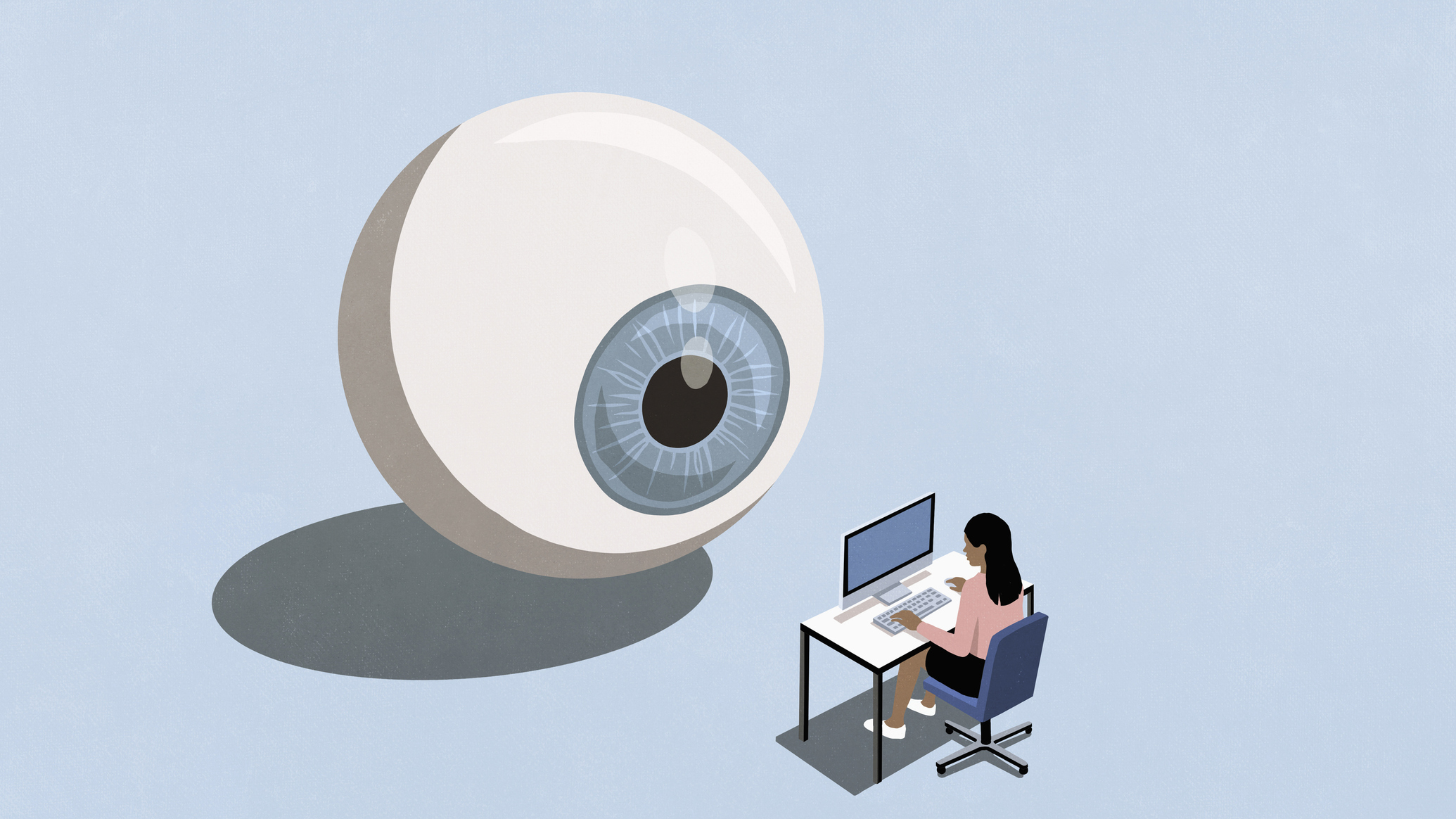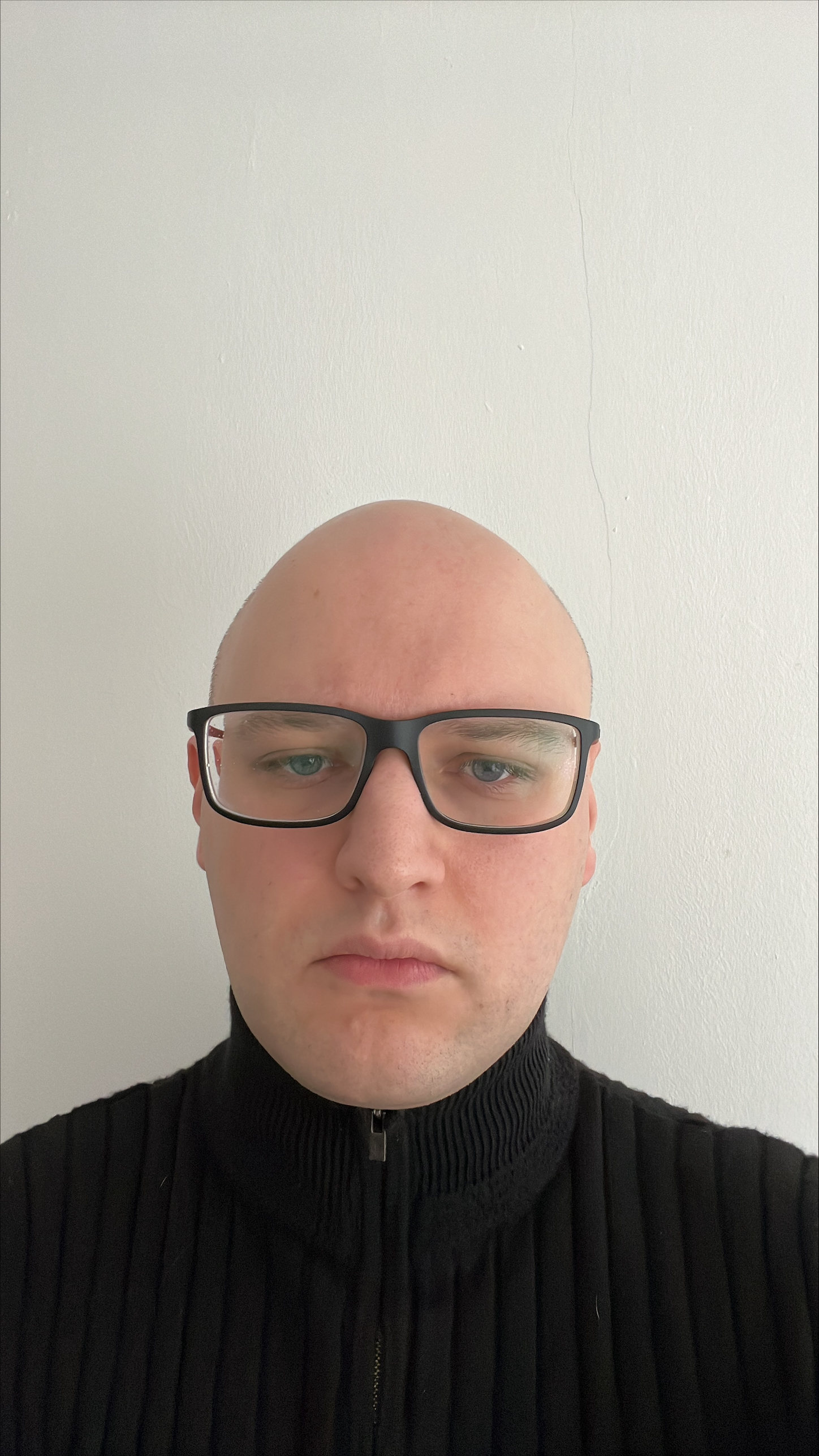Does covering your webcam work?
Can a bit of tape really make a difference?

Cameras are everywhere. In your home, you've probably got at least a laptop and a smartphone, but there are also tablets, IoT devices like Smart TVs, and home security cameras – and they all have a camera or microphone.
Obviously, we all appreciate the convenience that these devices offer, but they also pose a real privacy threat. Each of these devices can potentially be hacked and turned into a surveillance tool. You might think it's far-fetched, but cybercriminals are increasingly looking to gain unauthorized access to your device's camera to spy on you, record your activities, or even blackmail you.
You don't have to be a technical expert to understand the implications of a camera in your house watching you. So, a lot of people take a preemptive measure by covering their webcams with tape, physical covers, or a sticky note. The question is: does it work as a security measure, or is it just a psychological comfort?
Read on and I'll explore the effectiveness of covering your webcam and provide some essential security tips that might help protect your privacy a little more effectively.
Why do hackers target webcams?
Webcams are a prime target for hackers because they provide direct access to sensitive information that you otherwise wouldn't share publicly.
Cybercriminals are constantly on the lookout for ways to steal data. Whether it's to sell it, use it for blackmail, or commit identity theft, as long as a hacker can make money from it then it's fair game. By gaining control of your webcam, hackers can record video footage, capture audio, and even observe patterns in your behavior, all of which could be exploited in various ways.
Stealing personal information
One of the main reasons cybercriminals target webcams is to steal personal information. If they manage to infect your device with malware that controls the camera, they can observe your daily activities, record conversations, or even monitor you while working from home.
Are you a pro? Subscribe to our newsletter
Sign up to the TechRadar Pro newsletter to get all the top news, opinion, features and guidance your business needs to succeed!
Sensitive data, like your bank details or login credentials, might be discussed in front of the camera, and hackers can use this information to commit fraud or even just sell it on the dark web.
Extortion and blackmail
Hackers may record private or embarrassing moments through a compromised webcam and use this footage for extortion. A common tactic is to demand payment (often in cryptocurrency like Bitcoin) in exchange for not releasing the footage to the public or sending it to your contacts.
The mere threat of exposing private moments is often enough to coerce victims into paying up, but there's no guarantee that the hacker won't expose you anyway.
Physical security risks
Beyond the digital realm, hacked webcams can also pose physical security risks. Cybercriminals could study your daily routine, figure out when you’re not home, and use that information to plan a robbery.
If a hacker gains visual access to your home via a webcam, they can learn the layout of your living space and identify the locations of valuables, which they can then pass on to criminals looking to stage a burglary.
Does covering your webcam work?
It's an intuitive solution: nobody can see me if I cover up my webcam. However, while it might bring you some peace of mind, if this is the only thing you're doing to boost your cybersecurity, then you're asking for trouble.
Physically covering your webcam is certainly effective if all you're concerned about is your webcam's video. A cover ensures that, even if a hacker gets in, they can't see you or your surroundings.
Covering your webcam doesn't prevent audio surveillance
While covering the webcam might prevent visual spying, your privacy could still be compromised through audio surveillance because the microphone remains active. Hackers can still eavesdrop on your conversations and collect sensitive information.
Although covering your webcam can block a hacker from viewing you, it's not a comprehensive defense against cyberattacks. If someone has gained enough control over your device to activate the webcam, they almost certainly have access to other parts of your system as well - potentially including:
- Your microphone
- Your files
- Browser data
- Keystrokes
A webcam cover simply won't stop a hacker from accessing personal data stored on your device or eavesdropping on conversations via the microphone.
It's a common assumption that if your webcam light isn't on, your camera isn't in use. However, as the hacker most likely has already compromised your system, it's trivial for a sophisticated snoop to disable the indicator light even while the camera is running.
Moreover, most devices with webcams, such as laptops, are connected to the internet, which means a hacker needs more than just control of the camera. They need to know your IP address, have a way to get past your router's firewall, and compromise your device before they can control your webcam.
This is a difficult task, making it unlikely that a hacker will target just your webcam.
Disabling the webcam indicator light is trivial for a sophisticated hacker
That isn't true for every device in your network. Covering your laptop webcam may provide some peace of mind, but you should be thinking about the rest of your IoT devices too.
Smart home devices, such as security cameras or baby monitors, are often overlooked when people think about network security and are frequently connected directly to the internet.
They're also more vulnerable to hacking as they usually aren’t configured with anti-viruses or built-in firewalls. For a better idea of how vulnerable IP cameras are, you can check out a public vulnerability search engine like Shodan to see how many misconfigured IP cameras are connected directly to the internet.
So, does covering your webcam work? Yes, but it's more effective as a last-ditch effort when all else has failed. It's a lot more useful for protecting against accidentally turning your webcam on during call or broadcasting when you don't intend to, in which case that thin piece of paper might be a vital lifeline saving you from morbid embarrassment.
Other security-boosting tips
Covering your webcam is a useful precaution, but it should be part of a more comprehensive approach to security. Here are other essential steps you can take to protect your privacy and keep hackers from spying on you:
- Invest in antivirus software: antivirus programs can help detect and remove malware that could hijack your webcam. These tools continuously scan your device for suspicious activity, ensuring that harmful software is quarantined before it has a chance to access your system's camera or other sensitive components. Regular scans and updates are crucial for keeping your defenses up to date.
- Regularly update your operating system: hackers often exploit vulnerabilities in outdated software to gain access to devices. By regularly updating your operating system, you ensure that security patches are applied, closing off potential entry points for hackers. Most operating systems offer automatic updates, which will help keep your device secure.
- Avoid clicking suspicious links and attachments: phishing attacks are one of the most common ways that hackers install malware on devices. Avoid clicking on suspicious links in emails or downloading attachments from untrusted sources. Even emails from contacts you know and trust can be compromised, so always verify the legitimacy of the content before opening anything.
- Check app permissions: many apps request access to your camera or microphone even when it's not necessary for their primary function. You should regularly review the permissions for apps installed on your device and revoke access to the camera and microphone for any apps that don't genuinely need it. For example, if you see that the flashlight app you're installing is asking for camera and microphone access, you can be pretty sure it's going to be abusing those permissions to spy on you.
- Turn on your device’s firewall: a firewall acts as a barrier between your device and the internet, controlling the traffic that enters and leaves your network. Most modern devices come with built-in firewalls, which block unauthorized access attempts. It's a good idea to activate both your device's firewall and your router's firewall for added security, ensuring that only trusted devices can connect to your network.

Sam Dawson is a cybersecurity expert who has over four years of experience reviewing security-related software products. He focuses his writing on VPNs and security, previously writing for ProPrivacy before freelancing for Future PLC's brands, including TechRadar. Between running a penetration testing company and finishing a PhD focusing on speculative execution attacks at the University of Kent, he still somehow finds the time to keep an eye on how technology is impacting current affairs.